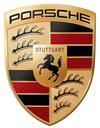
Porsche Cayenne Estate (2010-2018) engines, drive and performance
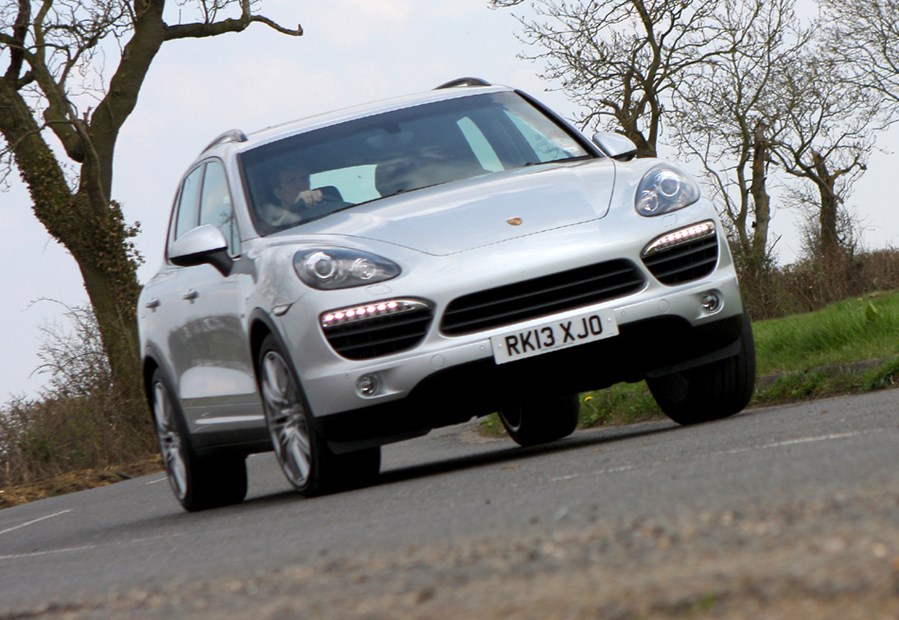
The entry-level 295bhp 3.6-litre V6 petrol takes you from 0-62s in 7.8 seconds and then on to a top speed of 143mph, which sounds patently ridiculous for a 4x4. If you want moderate lunacy, you’ll shell out for the 400bhp V8 S version that will propel you to the standard acceleration benchmark in just 5.9 seconds.
The petrol-electric hybrid model has 333bhp and covers the same sprint from 0-62mph in 6.5 seconds, while the 420bhp GTS needs just 5,7 seconds thanks to its 420bhp petrol V8. A Turbo model with 500bhp should be enough for most buyers, helped by 0-62mph in 4.7 seconds.
For ultimate Porsche Cayenne performance go for the swiftest of all is – the Turbo S that ups the power from the old model’s 493bhp to 550bhp for 0-62mph in 4.5 seconds and a 175mph top speed. All of the petrol engines are smooth and brawny for overtaking.
Diesel engines
The 245bhp 3.0-litre diesel gets to 62mph in 7.6 seconds to be quick enough for most needs and it’s a quiet engine in daily life. For those who need that extra bit of Porsche performance, the Diesel S has 383bhp to play with and needs a mere 5.7 seconds to get from 0-62mph, while it will only relent at a flat out 156mph. As with all but the basic petrol V6, the diesels come with an eight-speed automatic gearbox as standard.
Parkers recommends
The lower powered diesel makes by far the most sense in the Porsche Cayenne range as it offers lower running costs allied to strong performance.
New engines for 2014
By late 2014 the engine line up was either tweaked or bolstered by replacement units, the most headline-worthy being the new 3.6-litre BiTurbo V6 petrol that also lives in the Macan Turbo. Here it makes 414bhp and 550Nm, which is 25 percent more power than the first generation. It’ll also use up to 36 percent less fuel.
Those wanting the ideal mix of economy and performance should look to the excellent Cayenne S Diesel instead, the 4.2-litre V8 serving up 379bhp and 850Nm while maintaining the possibility of over 35mpg.
If you spend more time driving in city traffic the Cayenne S E-Hybrid might be tempting. It’s a plug-in with an electric range of up to 22 miles, yet with a combined petrol-electric output of 410bhp and 590Nm of torque from just 1,250rpm, it’ll complete the 0-62mph sprint in 5.9 seconds and reach 151mph.
There’s no better 4x4 in terms of handling – even BMW’s X6 cannot eclipse the Porsche. The Cayenne turns in sharply and although it’s reasonable to expect a fair amount of body lean from a high-riding off-roader, it stays planted and flat even when you are negotiating tight corners at speed. Everything feels tight and assured and if you do push the Cayenne hard into a bend there’s enough information coming through the steering wheel to give you confidence and a feeling of stability. Brakes are strong, steering is sharp and there’s plenty of grip.
Changes to the suspension bushes in 2014 meant Porsche’s engineers could ensure it was sportier and more controlled than before, all while adding in some extra comfort. Those cars equipped with the adaptive suspensionand Porsche Dynamic Chassis Control (PDCC) also find the car has a new mode, Sport Plus, which allows for a launch-control style performance start.
Note that while the E-Hybrid’s handling is slightly inferior at the limits due to the extra weight of the battery pack, while ride comfort also suffers in comparison to other Cayennes too.


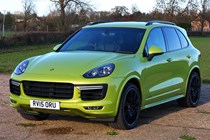
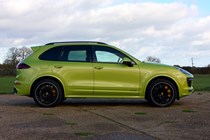
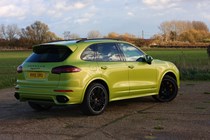

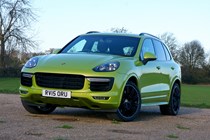
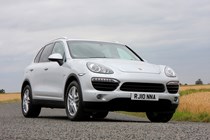
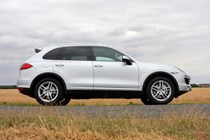
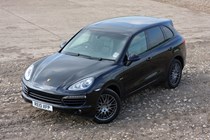
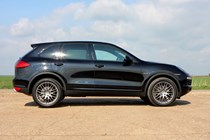
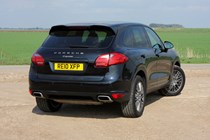
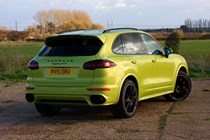
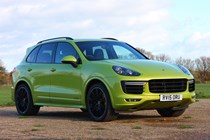
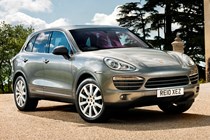
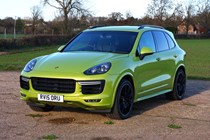
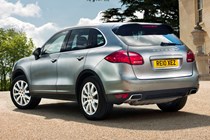
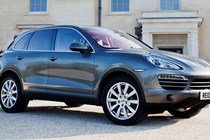
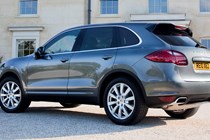
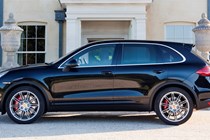
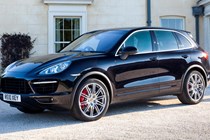
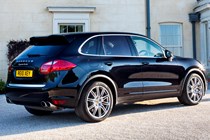
.jpg)
.jpg)
.jpg)
.jpg)
.jpg)
.jpg)

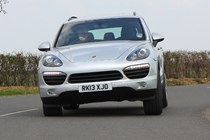
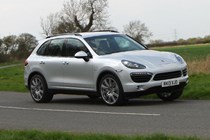
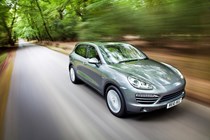
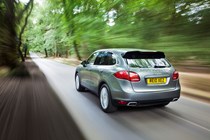
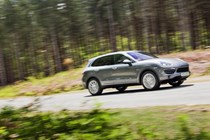
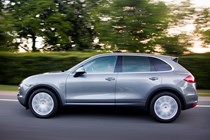
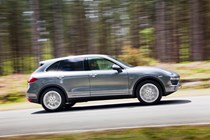
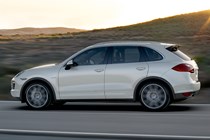
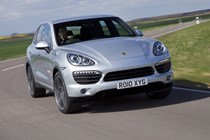
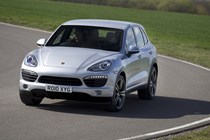
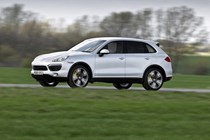
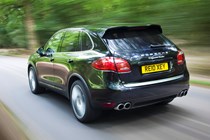
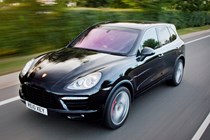
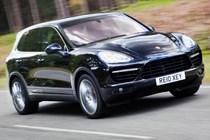
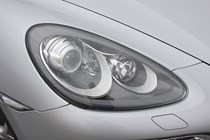
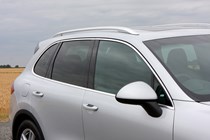
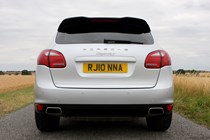
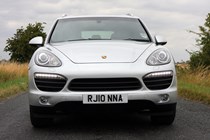
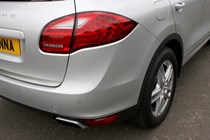
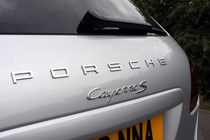

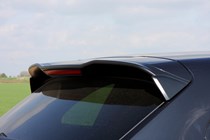
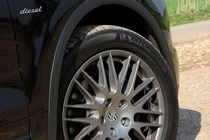
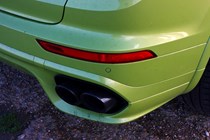
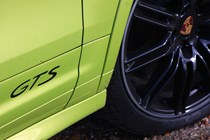
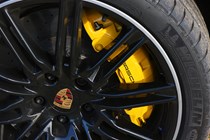
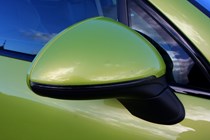
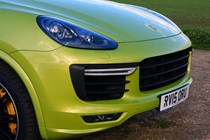
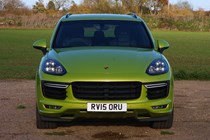
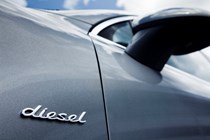
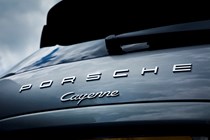
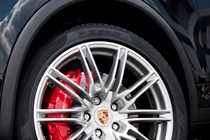
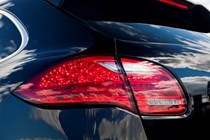
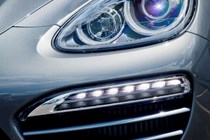
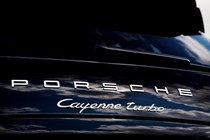
.jpg)
.jpg)
.jpg)
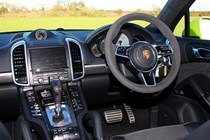
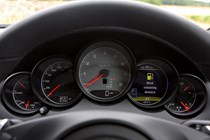
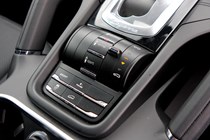
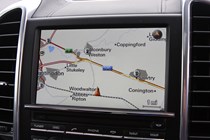
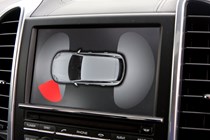
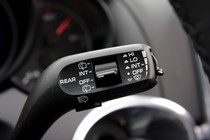
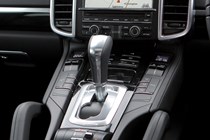

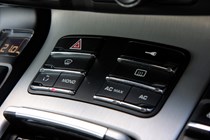
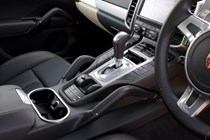
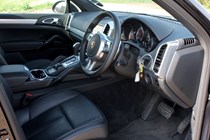
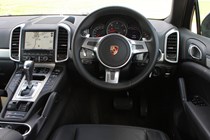
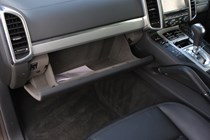
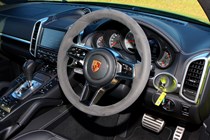
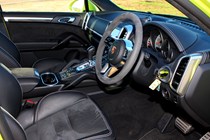
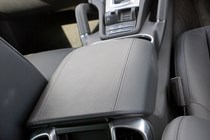
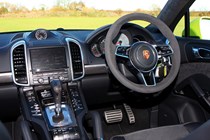
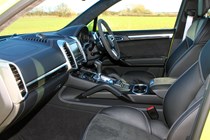
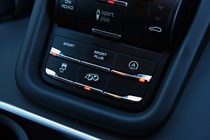
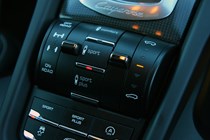
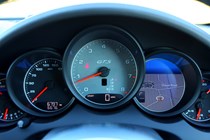
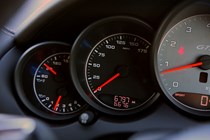
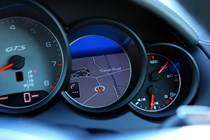
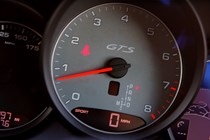
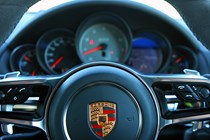
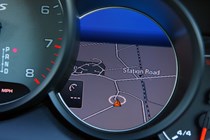
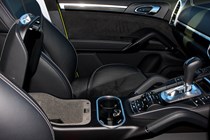
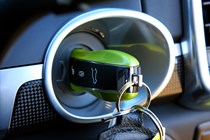
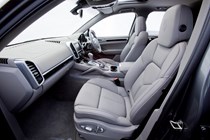
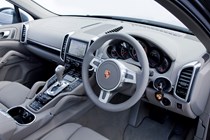
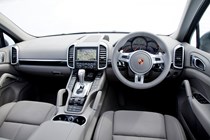
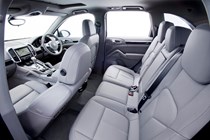
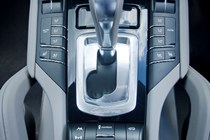
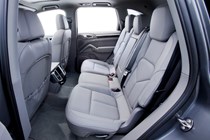
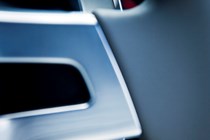
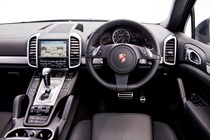
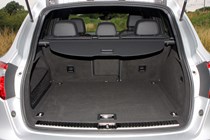
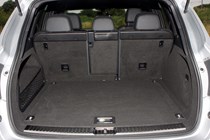
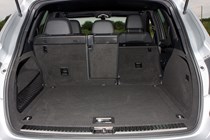
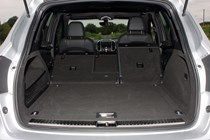
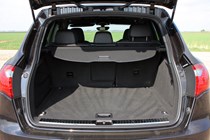
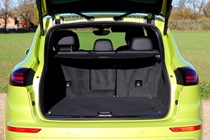
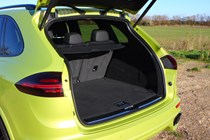
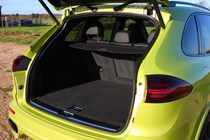




























.jpg?quality=50)
.jpg?quality=50)
.jpg?quality=50)
.jpg?quality=50)
.jpg?quality=50)
.jpg?quality=50)




































.jpg?quality=50)
.jpg?quality=50)
.jpg?quality=50)



















































